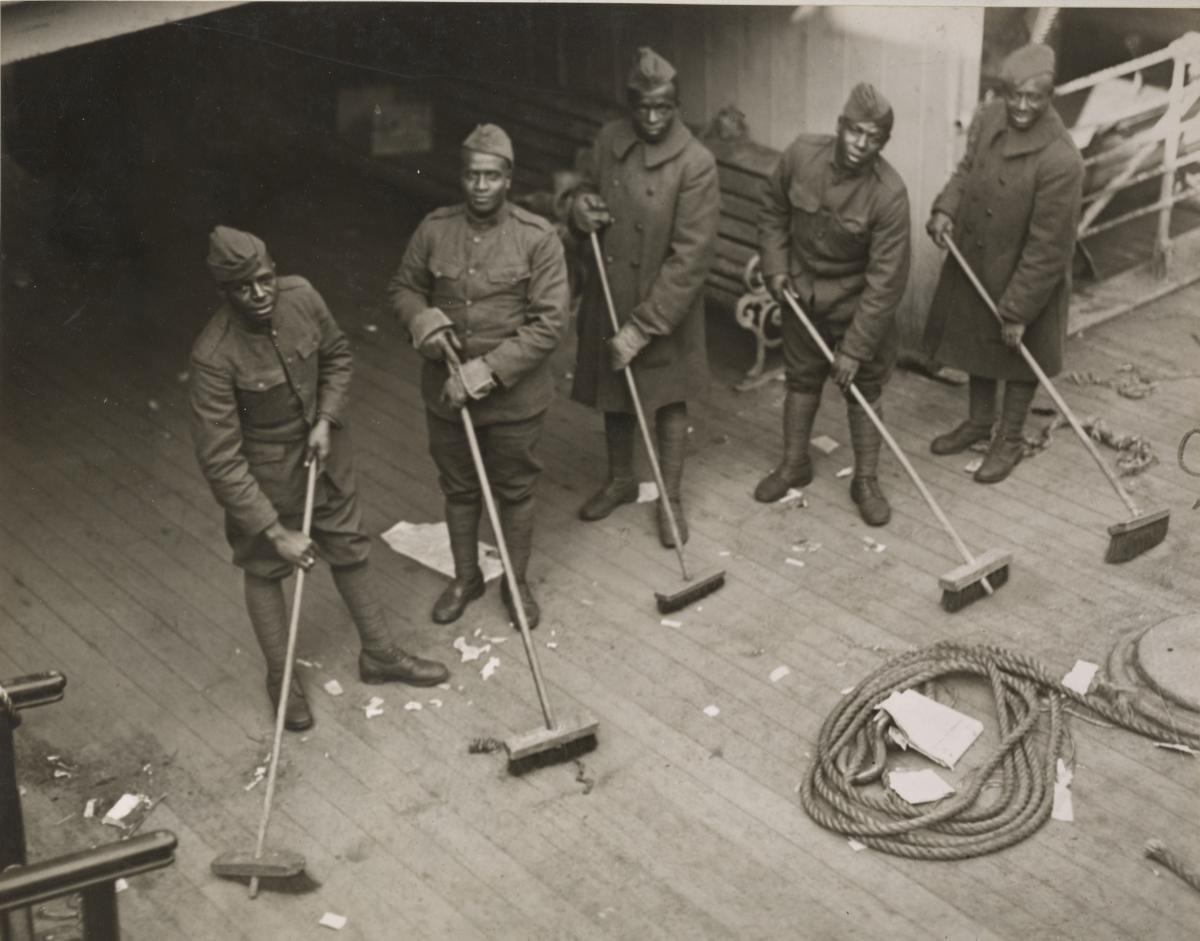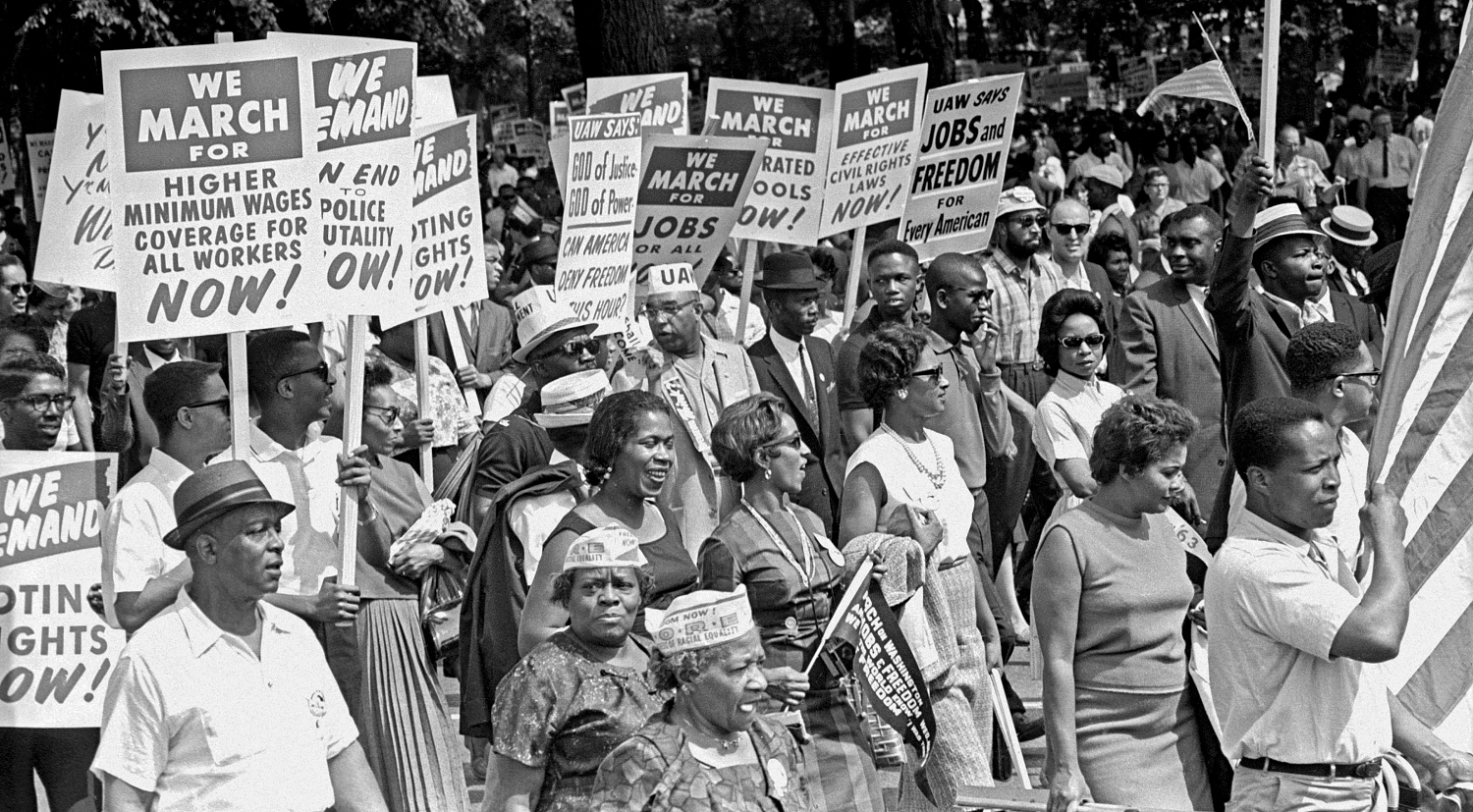
After the Civil War there was a period of time where the once divided nation worked on reunifying themselves; this national dilemma is known as The American Reconstruction Era. There were two main vantage points that needed addressing in this period; how and if there should be punishment for the traitorous states and the status of the formally enslaved. These two pressing matters shaped the transition of the United States from reconstruction to the 20th century.
Reconstruction Phase
Chapter 11 covers the reconstruction era post civil war, Andrew Johnson became the president of the United states after Lincoln's assassination. And following the end of the war Johnson's plan for reconstruction followed closely to Lincoln's "The Ten Percent Plan." Which stated that "if just ten percent of the eligible voting public in each of the former Confederate states pledged an oath of loyalty to the Union, that state could then be readmitted back into the Union."(Oliver, "African American Experience") This plan was lenient toward the ex-confederate states and because of that all eleven of the ex-confederate states were back in the union. This was great reunification for the whites but not so much for the blacks. With the confederate states being readmitted to the union; confederate leaders who wanted to preserve slavery were elected into office and established laws that targeted black and limited the freedom they had just fought for and won. These laws were known as "black codes."
Theses laws were established to keep black people in "order" as it is "impossible to have order in a mixed community." With the many negatives that arose during the reconstruction era for the black there were some positives for instance "The freedman's bureau," which was created to provide temporary assistance to help former slaves in their transition to freedom. This bureau offered property acquisition and educational attainment.
One of the biggest failures of the reconstruction period was the failure to transform the economic fortunes of the formally enslaved. With everything the country endured during the four year war they returned and continued with their ways. Although the former slavery had ended the country would not allow slavery to die and quasi-slavery developed known as the crop lien or sharecropping system.The hopes of freedom for black all vanished as they endured the harsh reality of the reconstruction era, it was. never meant for them they were on their own.
Jim Crow Era
Chapter 12 talks about the receding of the reconstruction era and dives into the Jim crow era. The reconstruction era reconstructed all but the lives of the blacks, although freed from slavery their "free" lives was everything but what they'd hoped it would be. With the establishment of black codes the newly emancipated blacks were held under tight restriction and were convicted of crime for basically anything and from that a new form of slaver arose; "The convict leasing system." For any and every petty offense a white use could against a black, they did. This convict leasing system was the leasing of the incarcerated to business and landowners as punishment for their crimes. Although the 13th amendment ended chattel slavery; it left a loophole that white politicians used to their advantage to keep blacks from experiencing true freedom.
The Jim crow era originated from a racist minstrel shows that depicted black-faced character portraying white folk. Following these shows were the Jim crow laws that segregated the people of the United stated by race. Railroads, theaters, restaurants, even bathrooms were segregated. Violence and racism became more prevalent within this era as whites truly could not fathom a black person being free. White supremacy was so that they used theories such as social darwinism to justify their "achievements and power."
The great migration and the first world war
Chapter 13 talks about the great migration and the great depression. With all the hardships the blacks endured in the south and the realization that the freedom they were promised was as good as dead, and the only way they would even have a slight chance at a better life was to relocate. "The Chicago Defender" was a prime convincer for the black families in the south. Chain migration were the main form of migrations being done and systems were set in place to help some of the southern migrants like settlement houses.

When war broke out in England and threatened to be global some African Americans supported the war thinking that their patriotic help and military service would prove that they belonged in the country and true citizens.Over 380,000 black men would enlist in the uniformed armed forces and the military had an enforced, strict code of racial segregation. African American were also sent overseas top Europe where they provided much support. But more than half of those who deployed were assigned to labor and stevedore battalions. These troops performed essential duties for the American Expeditionary Force, building roads, bridges and trenches in support of the front-line battles.Although treated with hostility African Americans were the backbone of support during the World War.
Fight for civil rights
After their help in the first and second world war African Americans persisted on change not only for themselves but for their children and their children's children. Many famous leader that we know today are from this period, rosa parks, Martin Luther King, Malcolm X, and many more. The fight for civil rights was more prominent than it ever was. The black community came together ti fight for what they deserved and today we can proudly live in the dream they fought for, and although not 100% perfect they are the reason we are where we are today and we as African Americans in the 21st century will continue to fight for their dream and never let the history of out ancestors suffering be forgotten.







